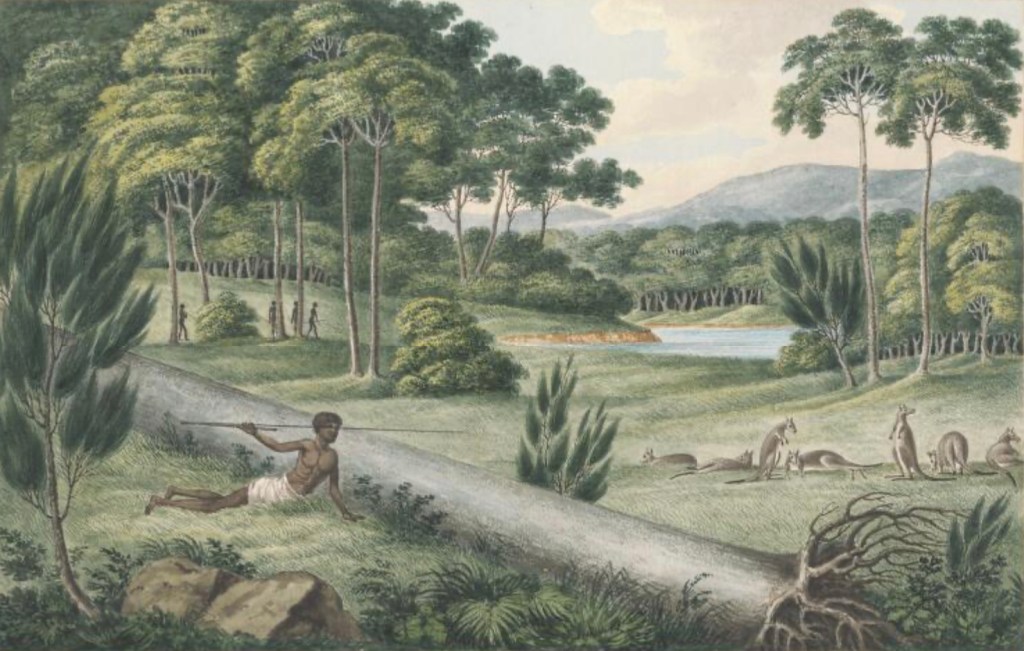Chatting with an old friend on the phone today reminded me that I haven’t written much on this blog since the recent school vacation. I’m not out of the habit of writing far from it, but I’ve been writing mainly for the specific purpose of instructional design. I’ve several projects in train but this week I’ve been working on the theme survival as part of an interdisciplinary project for Year 8 in the middle school where I work. The theme is the survival of the Sioux. I’ve been attempting to go beyond the text book version and offer students an opportunity to discover primary sources themselves. As a precursor to this activity they are watching “Bury my heart and wounded knee” on YouTube for homework and finishing an assignment on Pemulwuy. This seems to be a natural way of transitioning to a topic like the survival of the Sioux Nation. The students’ assignment involves completing a mock-up of the front page of a fictitious newspaper from the time of Pemulwuy. The objective is to build the front page story around incidents in Pemulwuy’s life, in particular his struggle against the invasion of his people’s lands by British settlers.
In the past much of the work produced by students has been substantnially the product of recycled secondary source materials gleaned from text books or reference books in the school library. This year things have changed, thanks to Trove we’ve been able to delve into the archives of the Sydney Gazette. Of course the records from the Sydney Gazette begin in 1803, after Pemulwuy’s death, but the style of the newspaper and its preoccupations, not to mention the interesting spelling and syntax, give students an opportunity to work with details from that time. Unfortunately there’s scant mention of Pemulwuy.
The Vietnam War
Another topic that I’ve just finished teaching, with a class from Year 10, is the Vietnam War. Several of my students were of Vietnamese background, their families migrating to Australia as refugees after the war. I remember the Vietnam War very well and am greatly relieved that as someone who turned 20 at a time when the Australian Government was conscripting young Australians to bolster its force in Vietnam, I didn’t end up there.
Australia’s involvement in the war was a pitiful affair, for Australian life and culture, for our political process and most of all for the Vietnamese. At the time I was saddened that our military forces, having equipped themselves so well in the war against Fascism at Tobruk, Milne Bay, the Owen Stanley Ranges and Balikpapan, were being used to further questionable political ends. Conservative politicians, out of some misguided misconstruction of potential threats to Australia and the decision to use the ‘Red Menace’ as an electoral tool, engineered an invitation to the war from the South Vietnamese government. The overwhelming win by the Holt Liberal Country Party coalition in 1966 was a stunning propaganda victory for them.
Opposition to the war in Vietnam was characterised as unpatriotic. The coalition’s success was a testimony to their skill in capturing and transforming Australian’s sense of themselves and their role as a global citizens. The balanced approach to foreign policy initiated by the Curtin and Chifley Labor governments, in which Australia took a leading role initiating solutions to conflict through the United Nations, was cast aside and replaced with Holt’s demeaning slogan “All the way with LBJ”.
So naturally it’s always with some interest that I teach this topic. Today after the conversation with my friend I just happened to delve into Twitter and came across the “1:1 Educators Daily” for Sunday 23 October, published by Tami Brass. Today’s edition has 37 new spotters. Trawling the digital articles it was with particular pleasure that I came across this great example of student work, and the possibilities that digital tools afford in the teaching of history, cited in a Twitter post by Meredith Stewart. In this case the history of the Draft in the USA. The work consists of a short video program posted on Vimeo by a student Laura Amatruto who simply interviewed some of the teachers at her school, who’d lived through the era. The result is a most effective oral history.
Vietnam Draft Documentary from Laura Amatruto on Vimeo.




Leave a reply to maximos62 Cancel reply